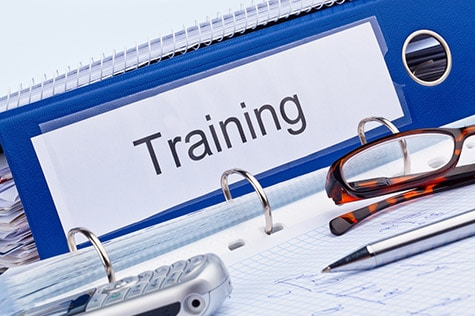When you first start learning to drive, it can seem a little overwhelming. We know that, but don’t worry – you’re in good hands! Just about everyone learns to drive at some point, and most people enjoy a normal, completely safe, and fun drive every single time they get behind the wheel; however, getting to that point will take significant preparation and practice.
Please email or call us if you have any questions about the information below. If you would like to schedule a session after reviewing these details, we encourage you to view our pricing to learn which package is best for you.

Now here are 10 primary topics you will want to study and can expect to be covered when receiving instruction from our driving school.
There are many driving rules and penalties for not following those rules. These penalties can be as small as a warning from an officer or minor point deduction on your license or as major as time behind bars. Since the stakes are high, you should expect to learn traffic laws around speeding, driving in special areas like around schools or construction zones, and much more.
When you first start driving, you will notice just how many different types of signs are on the road. It may seem confusing at first, sort of like looking at some strange “sign” language (we laughed a little when we wrote that…); however, over time you will become familiar with the colors, shapes, and sizes of signs and the various phrases placed on them. You will react almost instinctually, but it all starts with studying the signs first.
If you did not know about cars before, you will learn the fundamentals directly through driving instruction. Lights, brakes, gears, windshield wipers, and much more are all crucial parts of a car for a driver. To operate a motor vehicle, you will need to study the basics of how they work and how drivers use them.
Once you get behind the wheel, you are expected to act responsibly. By driving “defensively” you are committing yourself to drive non-aggressively, be courteous to other drivers on the road, and to obey rules such as the “right of way” in all instances. Defensive driving saves lives, time, and money and is promoted by the United States National Safety Council.
Students are often surprised by the challenges of parking. Parallel parking, large garage parking, home garage parking, parking on hills – these are some of the circumstances involving parking. In all cases, parking requires effective command of your vehicle, but there are specific techniques you will study to cover these different parking circumstances.
U-Turns, K-Turns, turn signals, changing lanes – these are some of the major subjects covered in turning. Turning can also be tricky for new drivers, because you may find yourself turning from one lane and into the wrong one or at an inappropriate speed. Study turning to help make the right turning decisions at the right time.
Speed is a big topic as well – some drivers go too fast and others go too slow. Some drivers are too fast in special zones like school areas and too slow on highways. Speed is regulated by signs and the natural flow of traffic, which do not always agree with each other. Pay close attention to the instruction you receive about speed. The details are important.
Most car mirrors say “things in mirror may appear closer than they are”, and blind spots create even more confusion because these are locations you can’t even see by looking into your car mirrors. You will need to learn the relative distance of other vehicles to your own and remember to check the locations you cannot see directly before merging, turning, speeding up, and taking other actions that affect how other drivers must react on the road.
Special conditions such as rainy or snowy weather, darkness and poor lighting, icey roads, and more affect how you drive. You will become familiar with these special conditions over time, but well before experiencing them, you should study and think about how you would handle them. Ask your instructor for more information as well.
Our students usually contact us because they want to pass the road test and earn their driver’s license (of course!). We’re proud that well over 90% of all our students pass their road test on their first or second try. We have prepared a brief guide especially for new drivers who want to start preparing now – you can view it here.
Whew! It might look like a lot, but it’s all easy to pick up once you have quality instruction and practice while using a safe and well-maintained vehicle. Contact us to learn more or review our free guide on choosing the right driving school. We are here to help in case you need anything. Good luck!
Back to Education Index